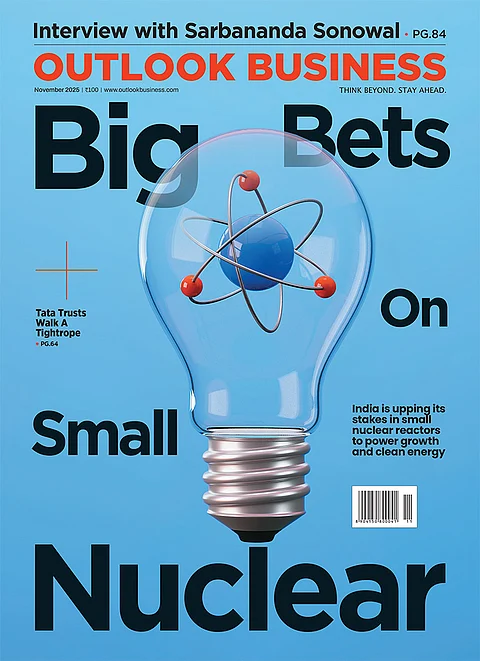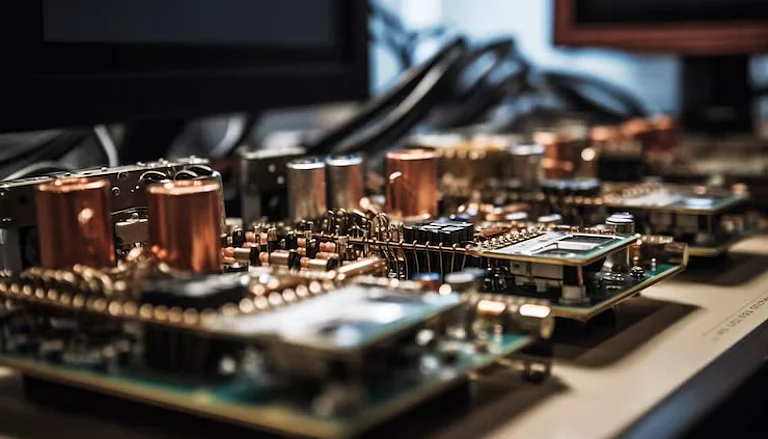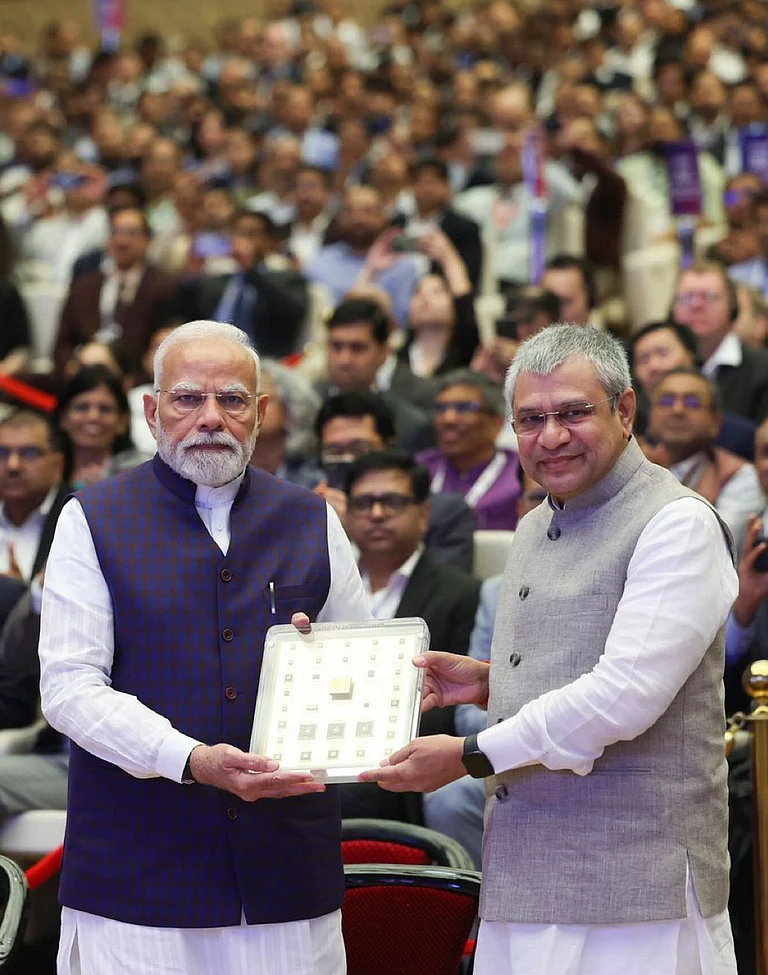
Electronics Component Manufacturing Scheme (ECMS) has attracted ₹1,15,351 crore in investment applications.
Production estimates under the scheme have more than doubled to ₹10,34,751 crore, up from ₹4,56,500 crore.
Employment generation is projected at 1,41,801 jobs, exceeding the initial target of 91,600.
Union Minister for Electronics and IT Ashwini Vaishnaw on Thursday said the government’s financial incentive scheme to promote electronics component manufacturing has drawn double the interest compared to its original target.
Speaking to reporters, Vaishnaw said the Electronics Component Manufacturing Scheme (ECMS) has received investment applications worth ₹1,15,351 crore so far, reported NDTV Profit. This far exceeds the ₹59,350 crore investment target set when the scheme was launched in March 2025.
Production estimates under the scheme have also more than doubled, from ₹4,56,500 crore to ₹10,34,751 crore. Employment generation is projected at 1,41,801 jobs, surpassing the original target of 91,600, while the expected incentive outgo stands at ₹41,468 crore, compared with the planned ₹22,805 crore.
Electronics and IT Secretary S. Krishnan noted that the projects could create employment for over 1.41 lakh people, reflecting the strong interest and scale of applications received.
The last date for applications under the scheme was September 30, though applications for the capital equipment segment are still open.
The selection process will now proceed on a first-come, first-served basis, giving priority to early applicants. For the first time, investments have been proposed in areas such as SMD passives, laminates, flexible PCBs, anodes, and capital equipment.
Vaishnaw added that nearly all industry players are establishing design capabilities and teams, with around 60% of applications coming from MSMEs. He emphasised that these components will not only meet domestic demand but also serve global markets.
The minister urged states to capitalise on the opportunities in the electronics sector and indicated that the next focus will be on indigenising raw materials needed for electronics and semiconductor manufacturing, including ultra-pure materials. Two applicants under the scheme will require rare earth minerals, and efforts are ongoing to source these domestically, he said.































